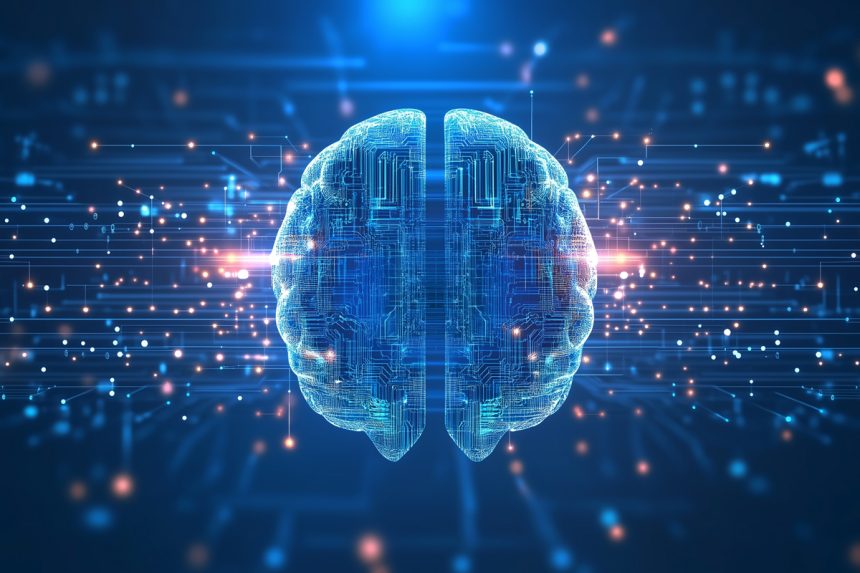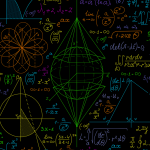The essence of human consciousness remains one of science’s most profound enigmas. Although anesthesia and brain injuries can momentarily suppress awareness, the underlying mechanisms that give rise to consciousness remain largely unknown. Traditional theories suggest that consciousness arises from neural integration or complex information processing. However, a more radical idea has emerged in recent years: could quantum entanglement be the missing piece of the puzzle?
In 1989, renowned physicist Roger Penrose proposed that consciousness might be deeply rooted in quantum mechanics. His theory suggested that the brain operates beyond classical computational limits, possibly harnessing quantum effects to process non-computable problems such as Gödel’s incompleteness theorems. At the heart of this idea lies quantum entanglement—where particles become inexplicably linked, sharing information instantaneously across space. Once considered speculative, this notion is now gaining renewed interest.
A significant challenge to Penrose’s hypothesis is the inherent instability of quantum states, which are typically delicate and highly susceptible to disruption by environmental factors—particularly within the warm and chaotic environment of the human brain. However, emerging research suggests that microtubules, structural components within neurons, might serve as a stable medium for sustaining quantum coherence. These microscopic structures could act as quantum processors, protecting delicate quantum states and potentially playing a fundamental role in consciousness.
Recent findings bolster this perspective. In one experiment, researchers discovered that drugs affecting microtubules altered the duration of anesthesia in rats, hinting at a possible connection between microtubule activity and consciousness. Though preliminary, these results have encouraged further investigations into the role of microtubules in sustaining quantum states within the brain.
Expanding on these ideas, a new wave of research is pushing the boundaries of neuroscience and quantum physics. A bold experiment spearheaded by scientists, including Google’s Quantum AI researcher Hartmut Neven, aims to link the human brain to a quantum computer. This ambitious project seeks to place both the brain and a quantum system into a shared quantum superposition, potentially leading to an expanded form of consciousness.
This novel approach diverges from Penrose’s original theory, which suggested that consciousness emerges when quantum superpositions collapse. Instead, the latest hypothesis proposes that consciousness may arise as a direct result of forming and maintaining a quantum superposition. By entangling qubits from a quantum computer with neural qubits in the brain, researchers hope to amplify the complexity of conscious awareness, requiring immense computational power to describe fully.
The experimental framework, referred to as the “expansion protocol,” aims to enhance consciousness by creating a direct quantum link between the brain and an external quantum system. If successful, this could provide groundbreaking evidence supporting the idea that consciousness is fundamentally quantum in nature, while also shedding light on how quantum states influence cognition.
Nevertheless, significant obstacles remain. The technological challenges of integrating the human brain with a quantum computer are immense, and the ethical considerations surrounding such an invasive procedure are equally daunting. Additionally, alternative theories, such as research into how inert gases like xenon affect consciousness, may offer less intrusive yet still valuable insights.
Despite these hurdles, the idea that quantum mechanics might be integral to consciousness continues to inspire researchers across multiple disciplines. As quantum physics and neuroscience advance, the synergy between these fields is gradually illuminating new possibilities. With experimental techniques improving and cross-disciplinary collaboration deepening, the journey to decode the mystery of consciousness remains one of the most exciting frontiers in modern science.





